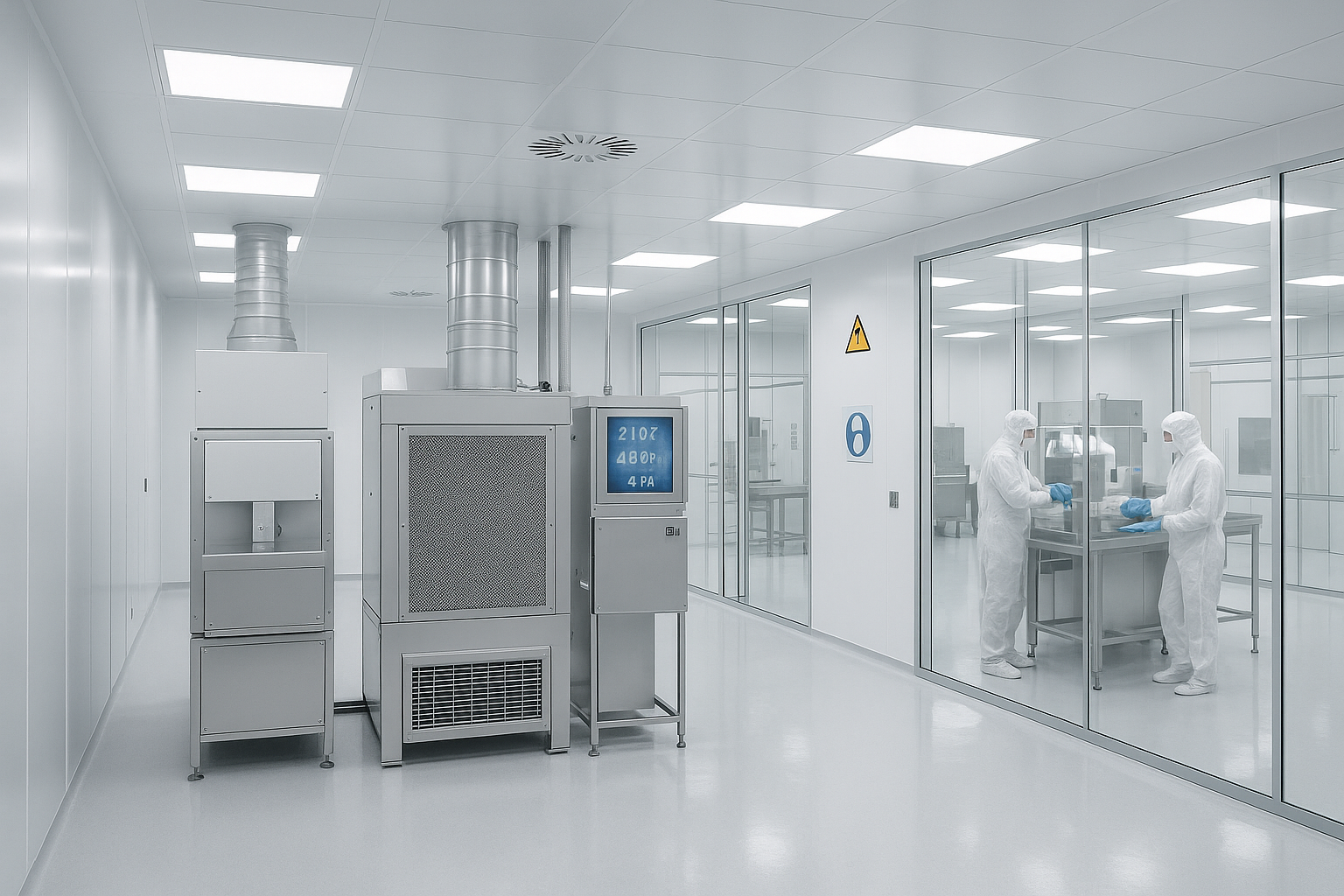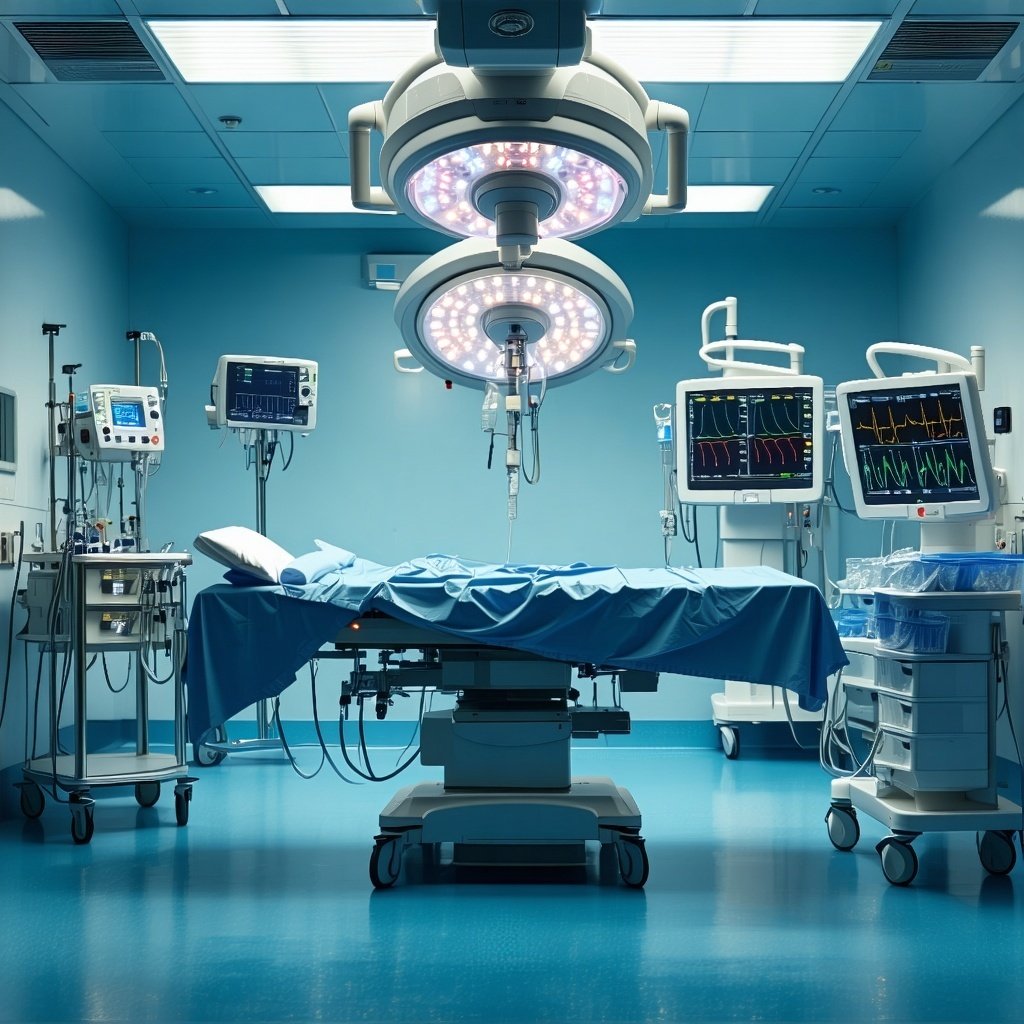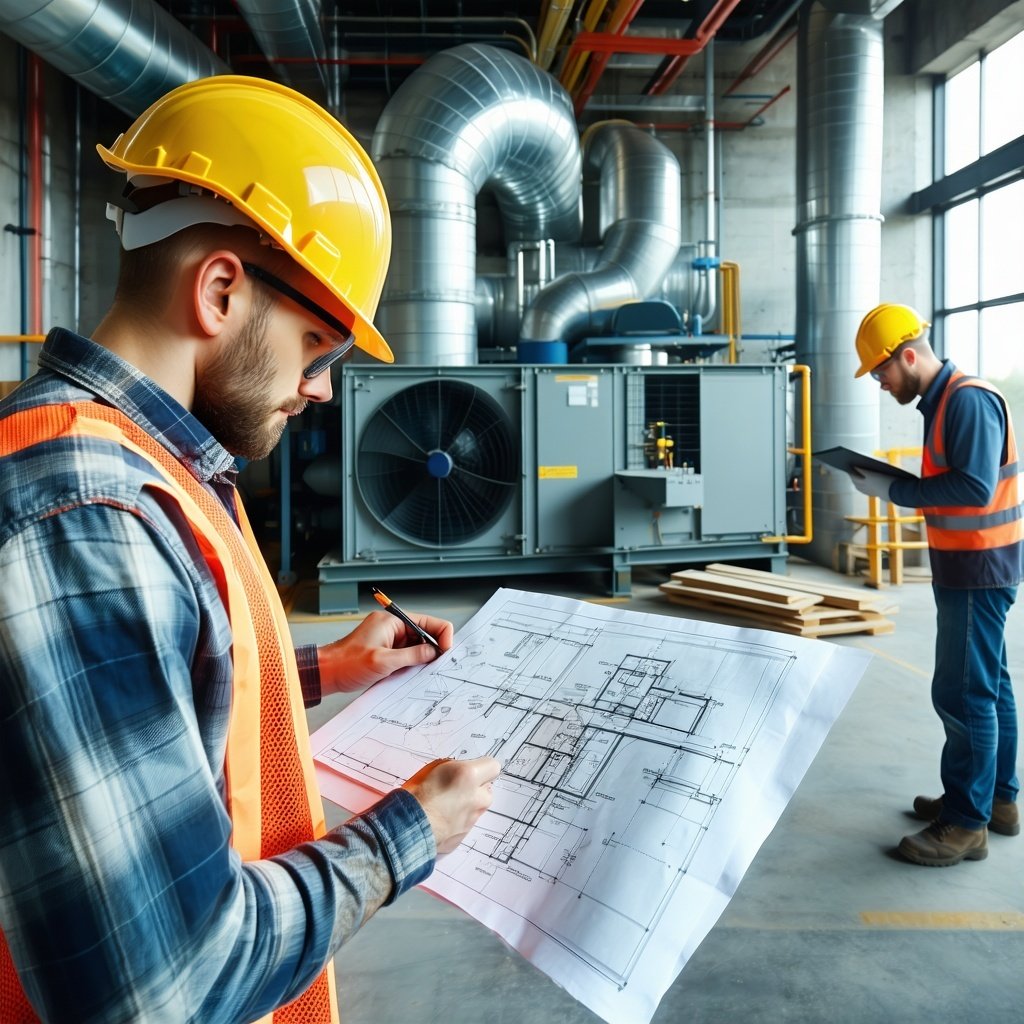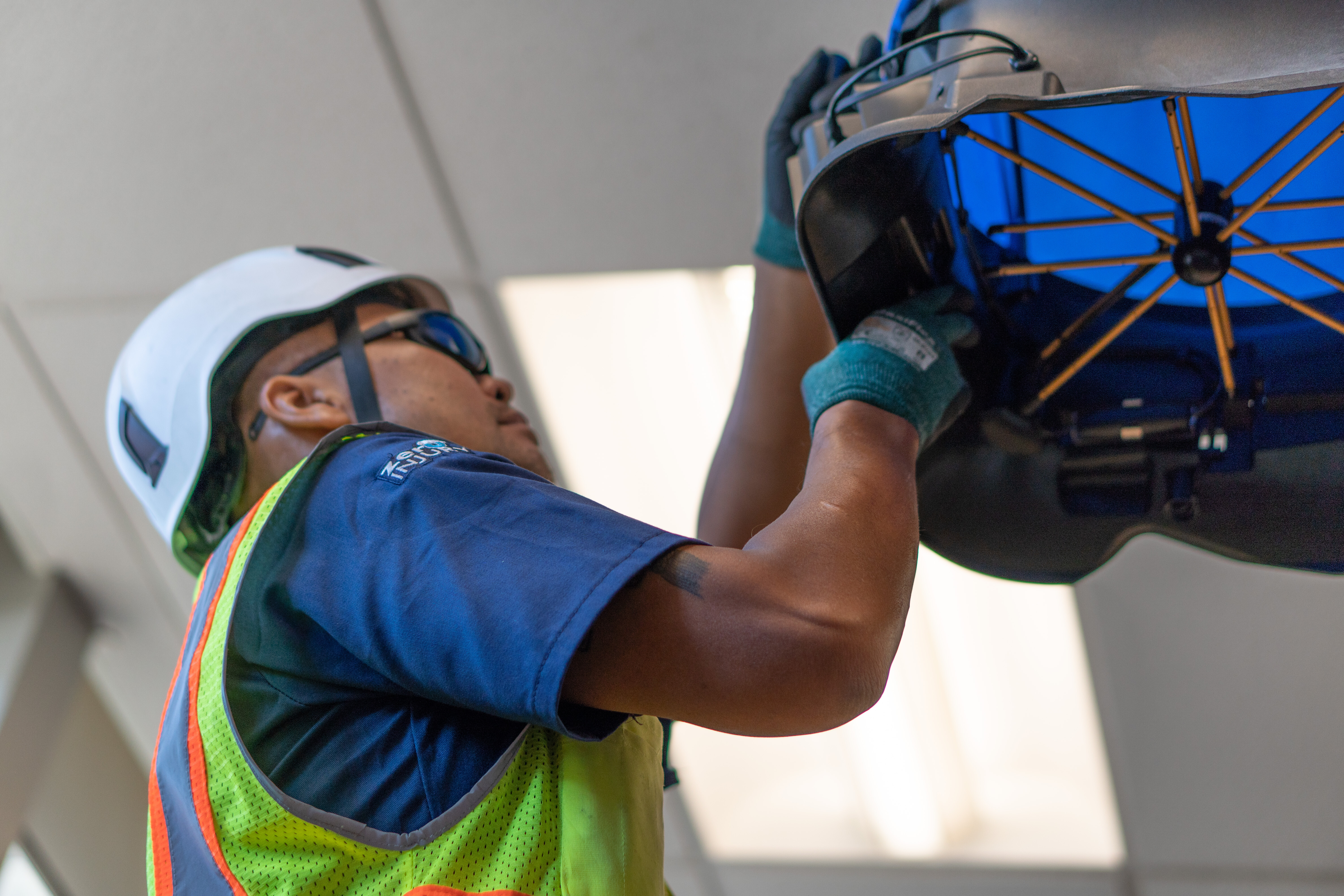Critical environments—such as cleanrooms, compounding pharmacies, isolation suites, and surgical spaces—require precise control over airflow, pressure, temperature, and humidity. These controls are not optional; they are essential to maintaining safety, compliance, and operational integrity. The lifecycle of these environments involves multiple interdependent phases, each with its own technical challenges and standards.
Design & Engineering: Establishing Environmental Intent
The design phase sets the foundation for environmental control. It involves defining airflow patterns, pressure relationships, filtration requirements, and zoning strategies based on the intended use of the space and applicable standards (e.g., USP <797>/<800>, ISO 14644, ASHRAE 170).
Design decisions directly influence the ability to maintain contamination control, directional airflow, and temperature stability. Errors or oversights at this stage can propagate through the lifecycle, leading to costly retrofits or compliance failures. Collaboration between design engineers and facility stakeholders is essential to ensure that the environmental intent aligns with operational needs.
Construction Support: Ensuring Fidelity to Design
During construction, technical oversight is necessary to verify that systems are installed according to design specifications. This includes confirming duct routing, damper placement, diffuser types, and equipment selection.
Field coordination helps identify and resolve discrepancies between design documents and site conditions. Without this support, deviations may go unnoticed until commissioning, at which point remediation becomes more complex and expensive. Construction-phase validation ensures that the physical infrastructure supports the environmental goals established during design.
Testing, Adjusting, and Balancing (TAB): Validating System Performance
TAB is the process of measuring and adjusting HVAC system parameters to achieve specified performance targets. In critical environments, this includes verifying airflow volumes, pressure differentials between zones, temperature uniformity, and humidity control.
Accurate TAB is essential for maintaining directional airflow (e.g., from clean to dirty zones), preventing cross-contamination, and ensuring occupant safety. It also provides baseline data for commissioning and ongoing monitoring. Technicians must be trained in the nuances of critical environments, as standard TAB procedures may not account for the sensitivity of these spaces.
Read More: Five Benefits of Testing and Balancing
Commissioning & Compliance: Functional Verification and Documentation
Commissioning involves functional testing of systems under operational conditions to confirm that they meet design intent and regulatory requirements. This includes verifying alarm responses, control sequences, pressure cascades, and filtration performance.
Documentation generated during commissioning supports compliance with standards such as USP <797>/<800>, ISO 14644, and CDC guidelines. It also provides a reference for future audits and inspections. Commissioning is not a one-time event—it should be integrated into the project timeline and revisited periodically to ensure continued performance.
Read More: Top 10 Energy Saving Tips for Commercial Buildings
Ongoing Monitoring & Energy Analytics: Sustaining Performance Over Time
Post-occupancy monitoring provides continuous data on environmental conditions and system behavior. This includes real-time tracking of pressure relationships, temperature and humidity trends, and energy consumption.
Monitoring systems enable early detection of deviations, allowing for corrective action before compliance is compromised. Energy analytics also support operational efficiency by identifying opportunities for load reduction, scheduling optimization, and equipment tuning. These insights are particularly valuable in facilities with high energy intensity and strict environmental requirements.
PROJECT ALERT: Loyola University Engages in Monitoring Based Commissioning
Conclusion: A Technical Framework for Environmental Control
Each phase in the lifecycle of a critical environment contributes to its overall integrity. Design establishes intent, construction ensures fidelity, TAB validates performance, commissioning confirms functionality, and monitoring sustains compliance. Technical rigor at every stage is essential—not only for meeting standards, but for protecting the people and processes that depend on these environments.
Now, what about between tests? The future of healthcare compliance is rooted in ongoing monitoring.




